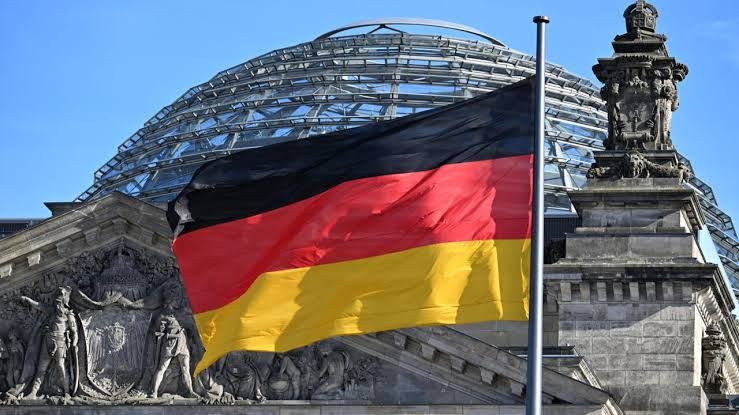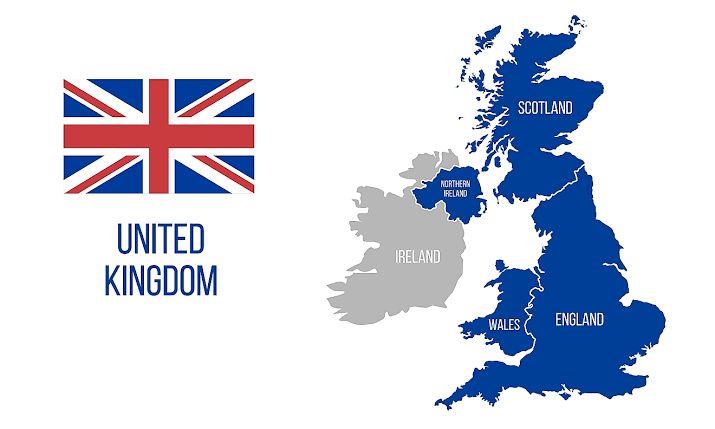The World’s Leading 10 Economies in 2025 The world’s economy is constantly changing as a result of factors such as changing consumer habits, geopolitical conflicts, environmental imperatives, and the fast development of digital technologies. In 2025, the world’s economies will have undergone a dramatic shift, with established powers adjusting to new realities, rising markets establishing themselves, and innovation serving as the driving force behind economic expansion. In an ever more interdependent globe, the make-up of the top ten economies this year is indicative of the strength, flexibility, and strategic vision of individual countries as well as the magnitude of their national outputs. This economic readjustment is based on a series of intricate dynamics. While GDP is still important, other indicators such as a country’s trade network, technological prowess, energy transition success, and social and political stability provide a more accurate picture of its economic health. At the head of this pack are nations that have poured resources into their educational systems, renewable technology, and internet infrastructure. The resilience of even the most robust economies has been challenged by the ongoing effects of the pandemic, which include supply chain restructuring, regional conflicts, and lasting aftershocks.
These Are The Top 10 List Of The Economies In The World
1. United States

Nominal GDP in Current U.S. Dollars: $30.34 trillion
In 2025, the United States continues to reign supreme as the world’s largest economy, a position it has held for over a century. Despite intense competition from fast-growing markets like China and India, the U.S. economy has demonstrated remarkable resilience, driven by its unmatched capacity for innovation, robust consumer market, and deeply entrenched global influence. Its dominance in sectors ranging from technology and finance to pharmaceuticals and aerospace continues to secure its place at the pinnacle of the global economic landscape.
2. China

Nominal GDP in Current U.S. Dollars: $19.53 trillion
Both in terms of purchasing power parity and nominal GDP, China ranks first and second, respectively, among the world’s economies. Economists are divided about whether China would eventually surpass the United States as the world’s largest economy due to its historically strong economic growth over the past two decades. Rising incomes and prosperity have accompanied China’s gradual economic opening over the last four decades. Over time, the government has reduced its reliance on collectivized agriculture and industry, given firms more freedom to set their own pricing, and relaxed regulations on the market.
3. Germany

Nominal GDP in Current U.S. Dollars: $4.92 trillion
The German economy ranks third in the globe. Additionally, Germany has the biggest economy in Europe. German workers are among of the best in the world, and the country’s exports of automobiles, machines, chemicals, and other industrial items reflect this. Nevertheless, Germany’s economic progress is hindered by a few demographic concerns. The country’s social assistance system is under pressure due to its high net immigration numbers and low birth rate, which make it difficult to replace its aging workforce.
4. Japan

Nominal GDP in Current U.S. Dollars: $4.39 trillion
The world’s fourth-largest economy is located in Japan. The industrial and export-oriented Japanese economy is a product of the country’s strong government-industry cooperation and its advanced technological know-how. The keiretsu system is the backbone of many large Japanese corporations. 18 Recent years have witnessed an acceleration in Japan’s economic growth, thanks to the policies of former Prime Minister Shinzo Abe. Nevertheless, the country is resource-poor and must rely on energy imports, particularly in light of the widespread shutdown of its nuclear power sector in the aftermath of the 2011 Fukushima disaster.
5. India

Nominal GDP in Current U.S. Dollars: $4.27 trillion
When it comes to global economies, India ranks fifth. India ranks last in terms of GDP per capita due to its massive population. Traditional village farming and handicrafts coexist with contemporary industries and mechanized agriculture in India’s thriving economy. A significant portion of India’s GDP comes from the service industry, which is why the country is well-known as an exporter of IT and business outsourcing.
6. The United Kingdom

Nominal GDP in Current U.S. Dollars: $3.73 trillion
When it comes to global economies, the United Kingdom is in sixth place. Services, especially those related to banking, insurance, and company formation, play a significant role in the British economy. The settlement of Brexit following the 2016 decision to leave the European Union (EU) has significantly affected the nation’s vast commercial connection with continental Europe. No longer is the United Kingdom a member of the European Union as of January 31, 2020.
7. France

Nominal GDP in Current U.S. Dollars: $3.28 trillion
The gross domestic product (GDP) of France ranks sixth globally. France has more tourists than any other country every year, and the tourism industry is vital to the economy. 24 Numerous private and semi-private companies in a wide variety of sectors make up France’s mixed economy. Defense and electrical power generation are two critical areas where the government is heavily involved. 25 Economic difficulties are another consequence of the French government’s will to intervene economically in the sake of social equality.
8. Italy

Nominal GDP in Current U.S. Dollars: $2.46 trillion
Italy has the eighth-largest GDP in the world. On top of that, it has the third-largest economy in the Eurozone. 29 A highly advanced, industrialized economy is located in northern Italy, while the southern portions of the country are far less developed economically and socially. A huge underground economy, an ineffective judicial system, a fragile banking sector, a labor market that is both inefficient and plagued by continuously high young unemployment all contribute to Italy’s chronically slow economic growth.
9. Canada

Nominal GDP in Current U.S. Dollars: $2.33 trillion
The Canadian economy ranks ninth in the world. North America is home to the third-largest confirmed oil reserves and an advanced energy extraction sector. Most of Canada’s impressive industrial and service industries are located in the country’s major cities, which are close to the United States border. The United States accounts for 77% of Canada’s annual exports due to the country’s free trade agreement with the US. Canada has grown almost in tandem with the biggest economy in the world due to its proximity to the US.
10. Brazil

Nominal GDP in Current U.S. Dollars: $2.31 trillion
With the largest economy in South America, Brazil ranks tenth globally. Mineral and energy resource exploitation sits atop Brazil’s diverse economy, which also includes heavy sectors like aviation and automobile production. In addition to being a leading exporter of coffee and soybeans, its agriculture sector is rather big. 33 and 34 In 2017, Brazil managed to pull itself out of a deep recession, but not before a string of high-profile corruption scandals rocked the country. Considering what has transpired.

